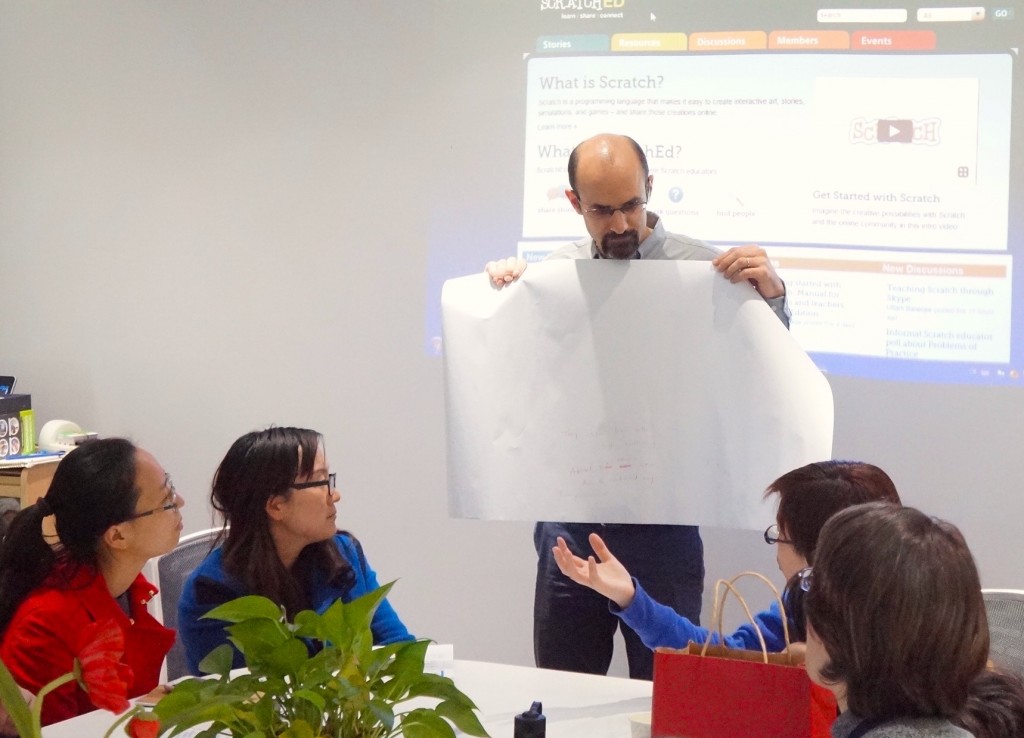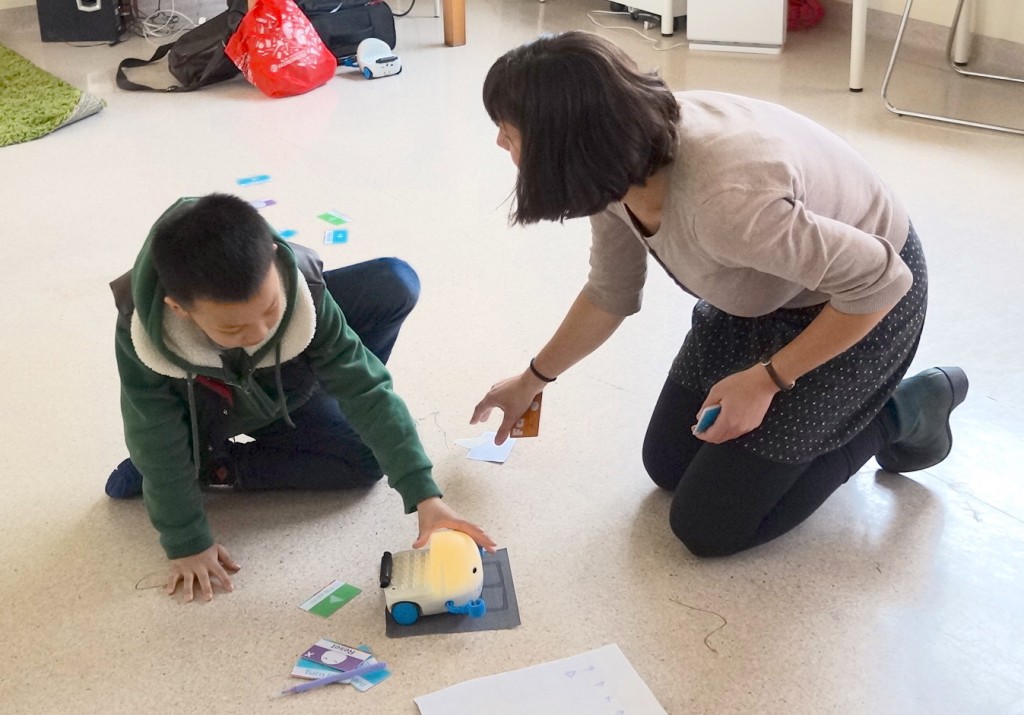At Plobot, we thrive at the intersection of education and technology, and we’re always on the lookout for the most interesting #edtech articles to share with you. Here are the top five we found last week:
Opening Minds on Ed Tech (by Bill Gates)
Every teacher deserves the chance to be phenomenal… Software will also help identify which students are having trouble and adjust for their own learning style, leaving teachers more time to focus on the kids who need extra personal attention.
What Robotics Can Teach Kids
“Robotics can also be a fun stepping-stone for getting a child interested in STEM (science, technology, engineering, and mathematics) subjects that can lead to amazing careers later in life.”
What skills do employers value most in graduates?
Chief among these are creativity, resourcefulness, team-working, innovation, resilience, IT skills, and innovation. They are also the skills which will future-proof graduates against the changing nature of skilled work.
Teaching kids to code is the new teaching kids Spanish
“Coding is a language,” said Ring, who got the idea from his 14-year-old son. “It is a global language, more global than French or German or Spanish, or for that matter even English.”
Why should kindergarteners code?
Although careers in tech or STEM fields aren’t right for everyone, advocates argue that CS and STEM skills can also encourage creativity and innovation, as well as critical thinking that can be applied across school subjects, and later, industries.
Interested to know more about our learning solutions for kids? Get in early here.


